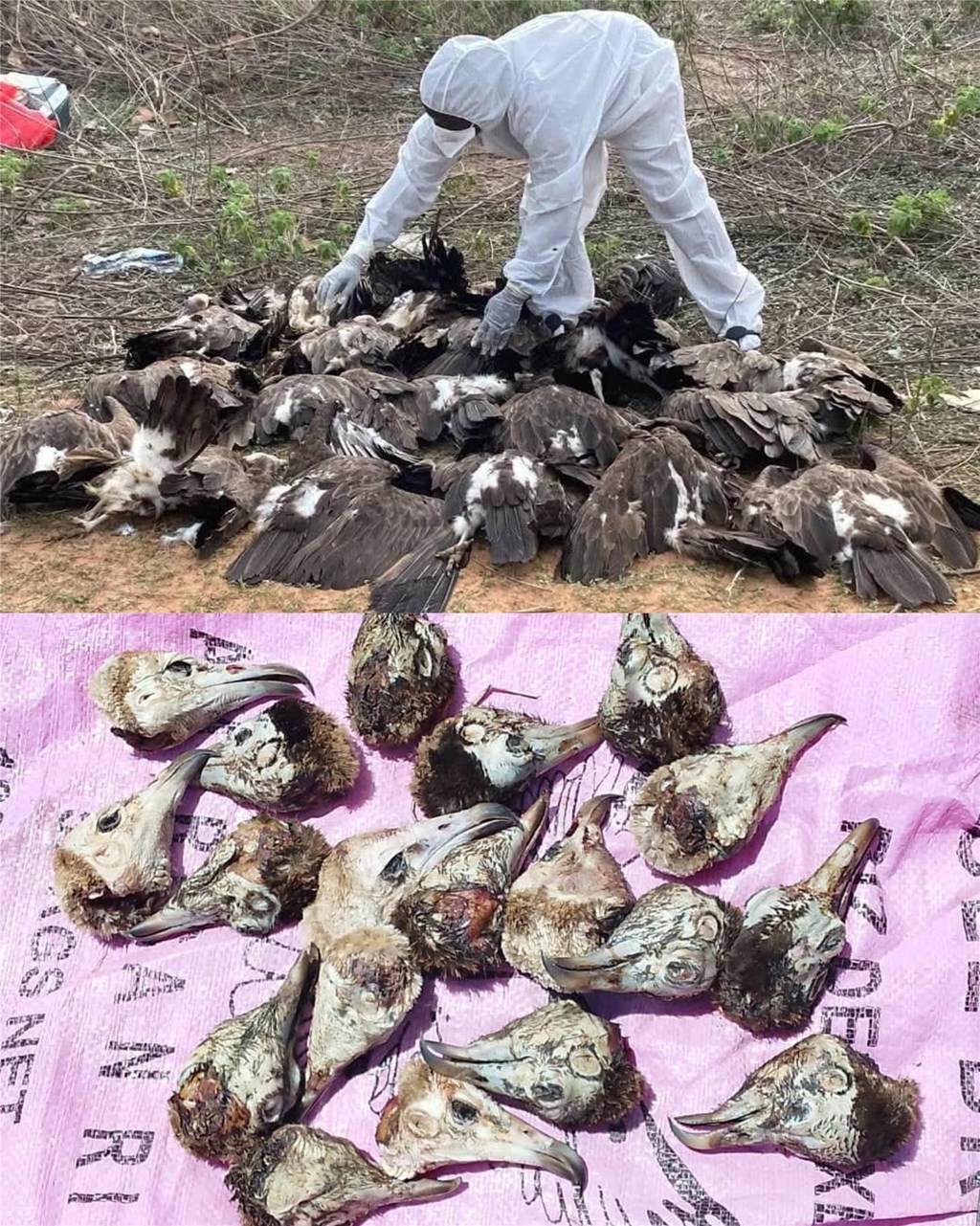The Fight to Protect Hooded Vultures in The Gambia Continues Despite Recent Tragedy
Posted on in In the Field by Binta Sambou

WARNING: This Post Contains Graphic Content. Viewer Discretion is Advised.
My name is Binta Sambou, a former conservation science trainee, and I work for the Department of Parks and Wildlife Management as a Wildlife Conservation Officer. I am here to share my personal views about the recent vulture killings that are happening in The Gambia and all that has happened in the past two weeks in my country.
The Gambia, despite its small size, is home to a rich diversity of wildlife and habitats—from wetlands and protected areas to National Parks and community-conserved areas. The region supports a relatively stable population of hooded vultures due to an ample amount of available food, including animal slaughterhouses and dumpsites for scavenging on carcasses, as well as historically low persecution and poisoning rates and good habitat for nesting. However, increasing threats such as deforestation, illegal poaching, habitat fragmentation, and climate change are placing significant pressure on our ecosystems and native species.

Recently, the country has experienced a mass killing of one the world’s most critically endangered species of vulture, the hooded vulture. This unfortunate circumstance was brought to the attention of the department of parks and wildlife, and a response team acted swiftly to apprehend the culprits. The remains of 95 vultures were recovered over the course of one month from multiple villages, many of which had their heads cut off. The total is estimated to be higher than this. During the subsequent investigation, suspects revealed that their intentions were linked to spiritual beliefs.
Currently there are two people who have been apprehended and are with the police waiting for trial. I feel this is the correct thing to do to protect these hooded vultures because they are the nature’s clean-up crew and they are critically endangered. The Gambia happens to be one place where we can find good numbers of hooded vultures, so I think it is really important to be able to work as a community and as a country to be able to protect them from further persecution.
As a wildlife conservation officer, I think it is important to educate the people and communities, and encourage them to report any suspicious activity. It is becoming alarming, the rate at which these vultures are being killed. In the past few weeks too many have died. Our current tactic is talking to the community and through the radio, trying to sensitize people about the vulture poisonings that are happening. People should be willing to be their own police and report any illegal or suspicious activity that they see around their communities.

The department of parks and wildlife management has been working tirelessly to conserve its endangered species, including the hooded vultures, through raising awareness and engaging communities and other stakeholders. So far we have partnered with the Ministry of Health, the Ministry of Agriculture (veterinary services), the West African Bird Study Association, and of course local communities. However, there are limited resources to strengthen these efforts. Education on vulture conservation has also been minimal since last year, so it is important to continue to bring in stakeholders and community members that can help support these efforts.
As conservationists and community members we must be alert to any suspicious activity so that we can help protect these vultures from further illegal killings and, as a result, protect our environment. We are doing it for the ecosystem and for the future generations, because if we protect our environment today, we are protecting it for the future generations. That is why it is so crucial to involve everybody and it is these challenges that have driven my commitment to becoming part of the solution. Through education, sharing experiences, and collaboration, we can achieve meaningful conservation outcomes together.